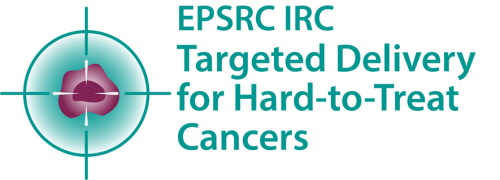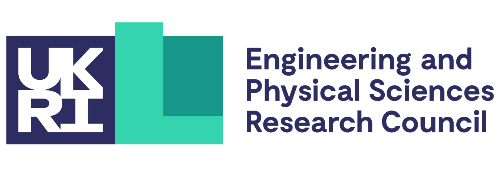Submitted by Prof. George Ma... on Sun, 22/09/2024 - 18:07
“This kind of guide or primer is really useful for researchers entering this rapidly expanding field. We wrote the primer to help them navigate the field, understand potential pitfalls and set out our view of best practice” Professor Ross Forgan of the University of Glasgow
IRC members Professor Ross Forgan of the University of Glasgow and Professor David Fairen-Jimenez of the University of Cambridge - along with other leading researchers in the field - have published a new paper in the journal Nature Reviews Methods Primers.
Aimed at researchers new to the field of metal-organic frameworks (MOFs), the primer is an invaluable guide to an exciting area of research written by an international team of experts, and draws on experiences gained during the six years of the IRC.
“I was delighted to be asked by the editors at Nature to write this primer because it is recognition that I’m one of the leaders in the field,” says Forgan. “I asked Professor David Fairen-Jimenez, my collaborator in the IRC, to be involved, as well as other experts in France, Spain and America, including Professor Wenbin Lin of the University of Chicago, who has been involved with the first MOF to go into clinical trials.”
MOFs are a class of porous, crystalline materials formed from metal ‘nodes’ and organic molecules or ‘ligands’ which link the metal clusters into 1D, 2D and 3D structures. Scientific interest in MOFs has grown hugely since the 1990s because of their properties: their strength and porosity, enormous internal surface area, diversity and ‘tunability’ make them interesting for many potential applications from gas storage to drug delivery.
The promise of MOFs - particularly for translation into clinical applications - and their burgeoning research literature make the primer particularly timely, says Forgan. “This kind of guide or primer is really useful for researchers entering this rapidly expanding field. We wrote the primer to help them navigate the field, understand potential pitfalls and set out our view of best practice.”
The primer presents an overview of the application of MOFs in biomedicine, particularly for drug delivery and imaging, and highlights the chemical and structural versatility that is fuelling development of MOFs in new biological applications and new ways of treating disease. The primer also discusses best practices in synthesis, characterisation and application, including ongoing issues with reproducibility and limitations of applications, ending with an outlook of the field.
Having worked for the past six years with the IRC, a model of research majoring on collaboration (especially between researchers, clinicians and patients), openness and sharing, Forgan believes it’s an approach that would benefit the field of MOF research as a whole.
“At present, there is too little data sharing and this makes it difficult to compare experimental results between different labs because without access to raw data, it isn’t possible to do comparative statistical analysis. More data sharing would raise standards across the field and enable it to advance even more quickly.”
Reference: Isabel Abánades Lázaro et al., Nature Reviews Methods Primers, 2024. For more background IRC research on MOFs as new drug delivery vehicles for hard-to-treat cancers, read Professor Ross Forgan’s blog It’s all about design: MOFs, me and the IRC.


